Hyundai IONIQ 6 vs Renault Mégane – Performance, range & efficiency compared
Everyday use, family trips or long-distance drives – here’s where the differences show.
Discover whether Hyundai IONIQ 6 or Renault Mégane fits your lifestyle better.
Costs and Efficiency:
Price and efficiency are often the first things buyers look at. Here it becomes clear which model has the long-term edge – whether at the pump, the plug, or in purchase price.
Renault Mégane has a hardly perceptible advantage in terms of price – it starts at 35100 £, while the Hyundai IONIQ 6 costs 37600 £. That’s a price difference of around 2571 £.
In terms of energy consumption, the advantage goes to the Hyundai IONIQ 6: with 13.90 kWh per 100 km, it’s slightly more efficient than the Renault Mégane with 15.40 kWh. That’s a difference of about 1.50 kWh.
As for range, the Hyundai IONIQ 6 performs distinct better – achieving up to 614 km, about 162 km more than the Renault Mégane.
Engine and Performance:
Under the bonnet, it becomes clear which model is tuned for sportiness and which one takes the lead when you hit the accelerator.
When it comes to engine power, the Hyundai IONIQ 6 has a clearly edge – offering 650 HP compared to 218 HP. That’s roughly 432 HP more horsepower.
In acceleration from 0 to 100 km/h, the Hyundai IONIQ 6 is decisively quicker – completing the sprint in 3.20 s, while the Renault Mégane takes 7.40 s. That’s about 4.20 s faster.
In terms of top speed, the Hyundai IONIQ 6 performs evident better – reaching 257 km/h, while the Renault Mégane tops out at 160 km/h. The difference is around 97 km/h.
There’s also a difference in torque: Hyundai IONIQ 6 pulls convincingly stronger with 770 Nm compared to 300 Nm. That’s about 470 Nm difference.
Space and Everyday Use:
Cabin size, boot volume and payload all play a role in everyday practicality. Here, comfort and flexibility make the difference.
Both vehicles offer seating for 5 people.
In curb weight, Renault Mégane is minimal lighter – 1719 kg compared to 1850 kg. The difference is around 131 kg.
In terms of boot space, the Hyundai IONIQ 6 offers hardly perceptible more room – 401 L compared to 389 L. That’s a difference of about 12 L.
When it comes to payload, Renault Mégane hardly perceptible takes the win – 446 kg compared to 430 kg. That’s a difference of about 16 kg.
Who wins the race?
The Hyundai IONIQ 6 proves to be dominates this comparison and therefore becomes our DriveDuel Champion!
Hyundai IONIQ 6 is the better all-rounder in this comparison.
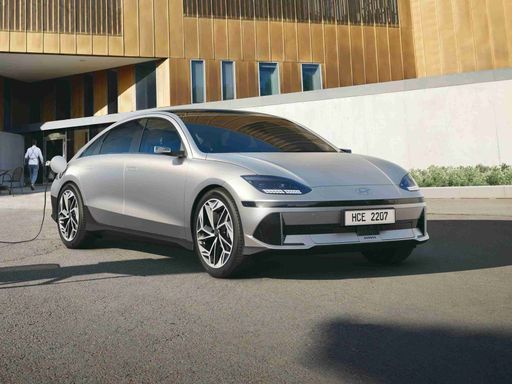 @ hyundai.news
@ hyundai.news
Hyundai IONIQ 6
Hyundai IONIQ 6
The Hyundai IONIQ 6 merges futuristic design with eco-friendly technology, offering a glimpse into the future of electric mobility. Its sleek silhouette and aerodynamic profile are sure to capture attention on the road, while the interior provides a seamless blend of comfort and cutting-edge digital features. With a focus on efficiency and sustainability, this model represents a significant step forward in the evolution of electric vehicles.
details @ hyundai.news
@ hyundai.news
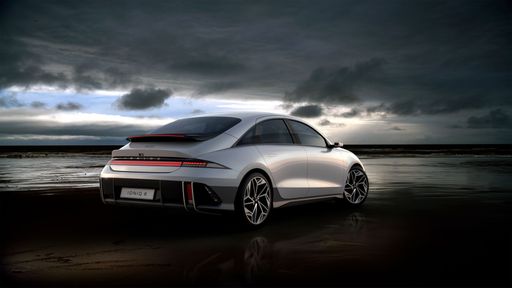 @ hyundai.news
@ hyundai.news
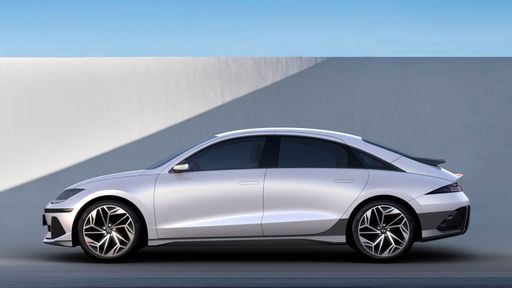 @ hyundai.news
@ hyundai.news
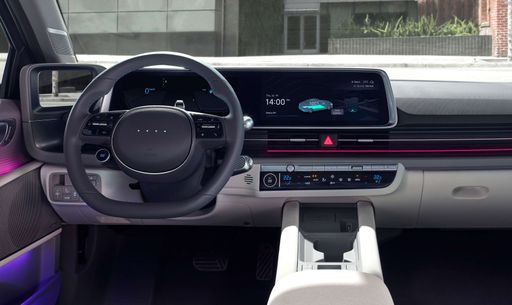 @ hyundai.news
@ hyundai.news
Renault Mégane
The Renault Mégane stands out in the hatchback segment with its chic design and advanced technology features. Its interior offers a spacious and comfortable environment, providing both driver and passengers with a premium experience. Combining impressive handling with economical efficiency, the Mégane caters to those seeking style and practicality in their daily commute.
details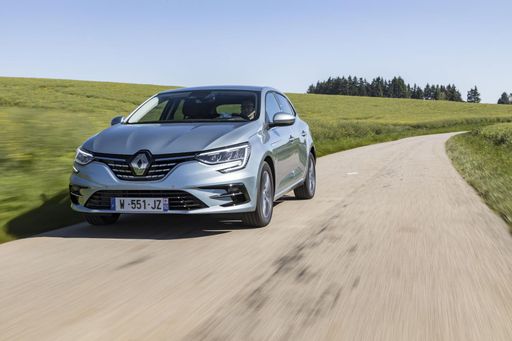 @ Renault
@ Renault
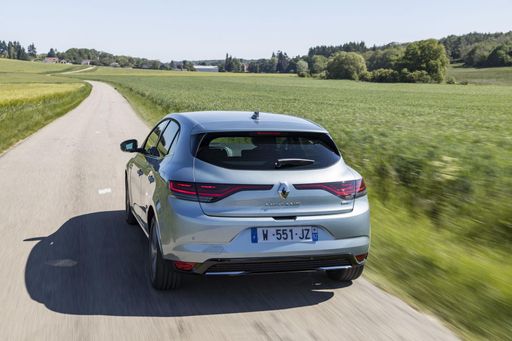 @ Renault
@ Renault
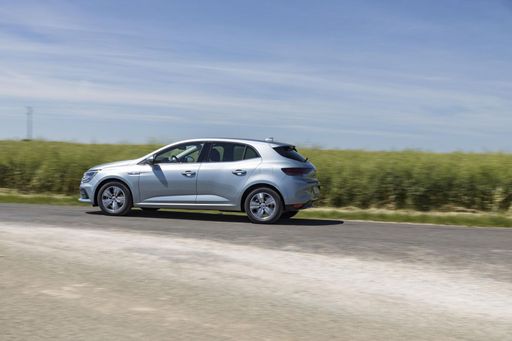 @ Renault
@ Renault
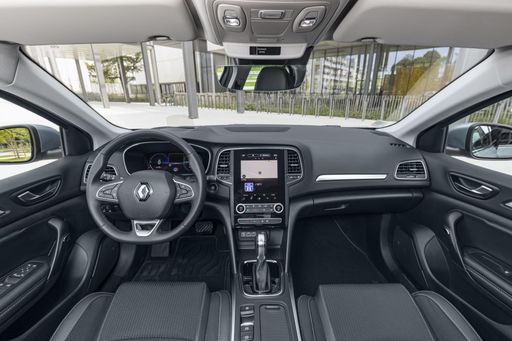 @ Renault
@ Renault
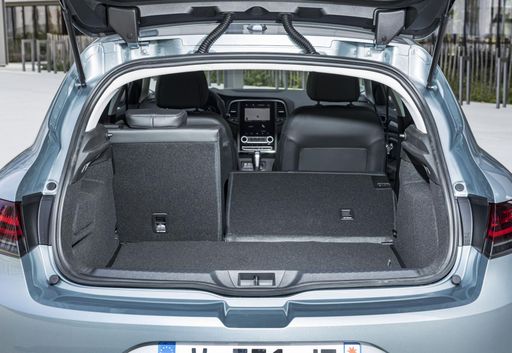 @ Renault
@ Renault
 @ hyundai.news
@ hyundai.news
|
 @ Renault
@ Renault
|
|
|
|
Costs and Consumption |
|
|---|---|
|
Price
37600 - 64300 £
|
Price
35100 - 38500 £
|
|
Consumption L/100km
-
|
Consumption L/100km
-
|
|
Consumption kWh/100km
13.9 - 15.1 kWh
|
Consumption kWh/100km
15.40 kWh
|
|
Electric Range
429 - 614 km
|
Electric Range
452 km
|
|
Battery Capacity
53 - 84 kWh
|
Battery Capacity
-
|
|
co2
0 g/km
|
co2
0 g/km
|
|
Fuel tank capacity
-
|
Fuel tank capacity
-
|
Dimensions and Body |
|
|---|---|
|
Body Type
Hatchback
|
Body Type
SUV
|
|
Seats
5
|
Seats
5
|
|
Doors
4
|
Doors
5
|
|
Curb weight
1850 - 2095 kg
|
Curb weight
1719 kg
|
|
Trunk capacity
401 L
|
Trunk capacity
389 L
|
|
Length
4855 - 4935 mm
|
Length
4200 mm
|
|
Width
1880 - 1940 mm
|
Width
1783 mm
|
|
Height
1495 mm
|
Height
1505 mm
|
|
Max trunk capacity
-
|
Max trunk capacity
1332 L
|
|
Payload
425 - 430 kg
|
Payload
446 kg
|
Engine and Performance |
|
|---|---|
|
Engine Type
Electric
|
Engine Type
Electric
|
|
Transmission
Automatic
|
Transmission
Automatic
|
|
Transmission Detail
Reduction Gearbox
|
Transmission Detail
Reduction Gearbox
|
|
Drive Type
Rear-Wheel Drive, All-Wheel Drive
|
Drive Type
Front-Wheel Drive
|
|
Power HP
151 - 650 HP
|
Power HP
218 HP
|
|
Acceleration 0-100km/h
3.2 - 8.8 s
|
Acceleration 0-100km/h
7.40 s
|
|
Max Speed
185 - 257 km/h
|
Max Speed
160 km/h
|
|
Torque
350 - 770 Nm
|
Torque
300 Nm
|
|
Number of Cylinders
-
|
Number of Cylinders
-
|
|
Power kW
111 - 478 kW
|
Power kW
160 kW
|
|
Engine capacity
-
|
Engine capacity
-
|
General |
|
|---|---|
|
Model Year
2022 - 2025
|
Model Year
2025
|
|
CO2 Efficiency Class
A
|
CO2 Efficiency Class
A
|
|
Brand
Hyundai
|
Brand
Renault
|
What drive types are available for the Hyundai IONIQ 6?
Available configurations include Rear-Wheel Drive or All-Wheel Drive.
The prices and data displayed are estimates based on German list prices and may vary by country. This information is not legally binding.
